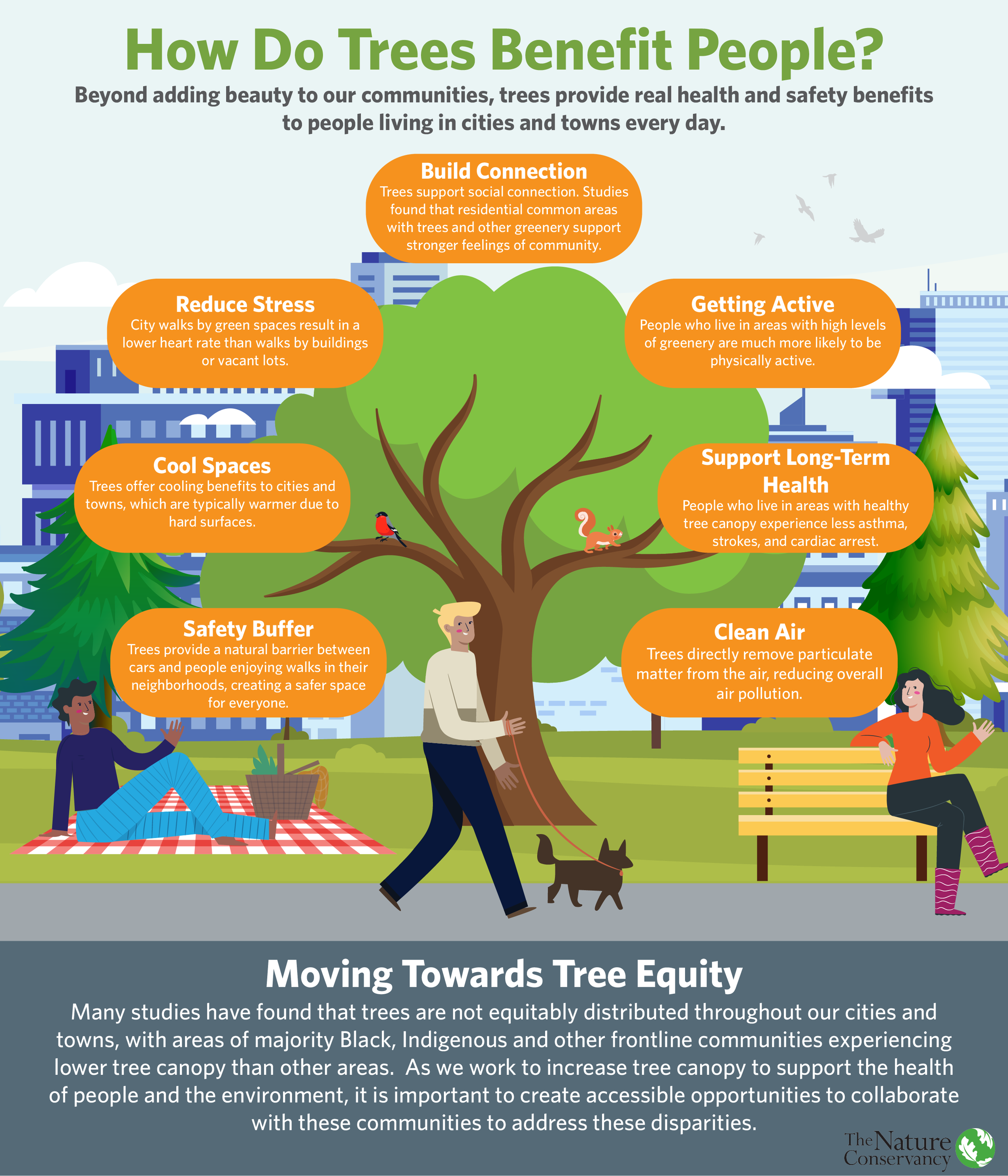By Mike Stevens, Washington State Director
In July, we all want to be outside. Our trustees are no different!
This time, our focus shifted to Puget Sound as Jessie Israel, Chris Hilton and Phil Levin set the stage with an overview of the challenges we face, the link of addressing stormwater to public health and equity and the scientific questions we are asking. We were also introduced to the stormwater heat map we have been developing, which is super cool!
Near Seattle Carkeek Park, we walked a transect starting in an urban neighborhood with impressive stormwater swales, leading down through the forests of Carkeek Park and onto the beach. There, our trustees teamed up with Phil and NOAA scientists to catch fish and test both the fish and moss we had collected during the forest walk to test for toxicity levels with a ray gun.
Running through Carkeek Park is Piper's Creek, an urban stream. Urban Streams are conduits for toxic materials from the cities to the sound. This was good place to see that connection and understand how materials from cars (from brakes and tires) get in to fish and other animals — car brakes are made out of copper and zinc, and tires also contain zinc.
By seining, we caught starry flounder, surfperch and staghorn sculpin. Phil dissected the sculpin and found high levels of zinc and copper.
The ray gun we used to test toxicity is normally used to test paintings to determine their authenticity. It is also used by the U.S. Department of Agriculture to inspect food safety. We were the first to use the ray gun in this way (to test toxicity of fish)! Normally you have to dry the samples and send the lab, which takes months and costs money. By using the gun, way we can test toxicity immediately in the field, in real time.
Having this collected information helps us to prioritize where we target our investments in green-stormwater infrastructure. This technology holds a lot of potential and we're excited to see how it develops and is used.
This was a great chance for our chapter’s leaders to go deep on our work. One wrote that she went way out of her comfort zone, putting on waders, heading out waist deep into Puget Sound and seining for fish — and how much it meant to her to have that experience.
Watch this Instagram story of the day's action.



























